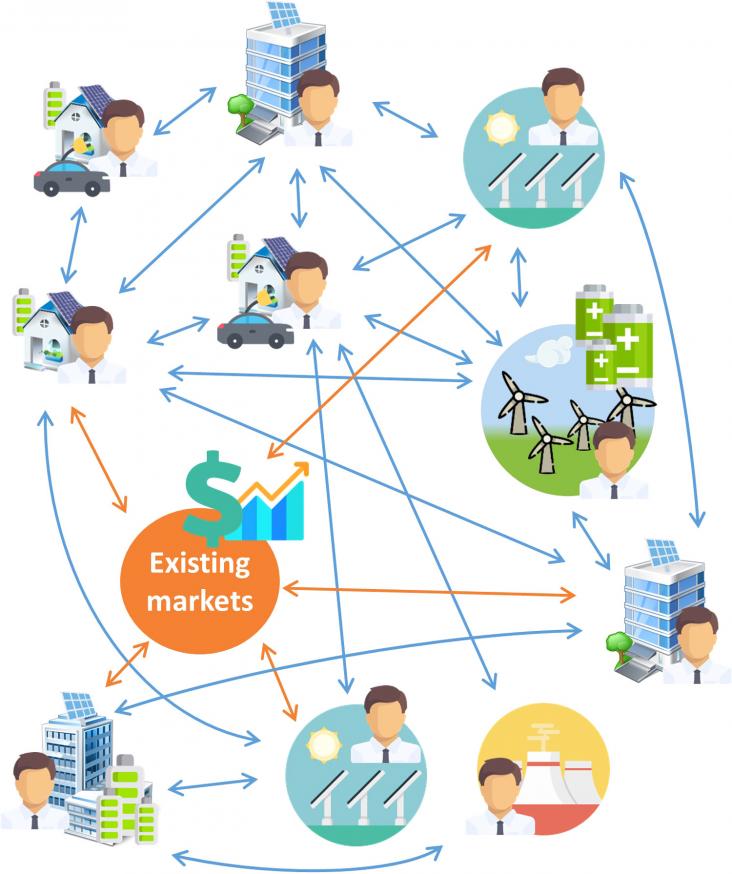This Special Issue, bringing together articles from Science of the Total Environment; Renewable and Sustainable Energy Reviews; Ecological Modelling, and Resources; Conservation and Recycling, highlights the increasing understanding that major systems servicing human well-being, food, energy and water (FEW) systems are inextricably connected, and any attempt to address one dimension in isolation of the others will lead to unexpected, undesired, and far from optimal consequences. Considering these three systems holistically as the Food-Energy-Water Nexus directly considers Sustainable Development Goals 2 (zero hunger), 6 (clean water and sanitation), 7 (affordable and clean energy), 9 (industry, innovation and infrastructure), and 12 (responsible consumption and production).
The Sustainable Development Goals and the Paris Agreement, as the two biggest climate action initiatives, address the need to shift towards a fully sustainable energy system.
This article shows that research in the design of 100% renewable energy systems in scientific articles is fairly new but has gained increasing attention in recent years.
Metal halide perovskite materials have revolutionized the solution-processed solar cells and become the vanguard of research focus with an unprecedented improvement of power conversion efficiencies up
Falling prices and significant technology developments currently drive an increased weather-dependent electricity production from renewables.
Key Performance Indicators are important instruments, both in defining high-level goals (international or national) and when planning smart energy communities.
Lithium ion batteries (LIB) continue to gain market share in response to the increasing demand for electric vehicles, consumer electronics, and energy storage.
This paper examines the potential of energy saving in electrical consumption if the concept of energy-efficient house is implemented in Oman.

The advent of more proactive consumers, the so-called “prosumers” with production and storage capabilities, is empowering the consumers and bringing new opportunities and challenges to the operation o
Pyrolysis converts biomass into liquid, gaseous and solid fuels. This work reviews the existing models for biomass pyrolysis, including kinetic, network and mechanistic models.
